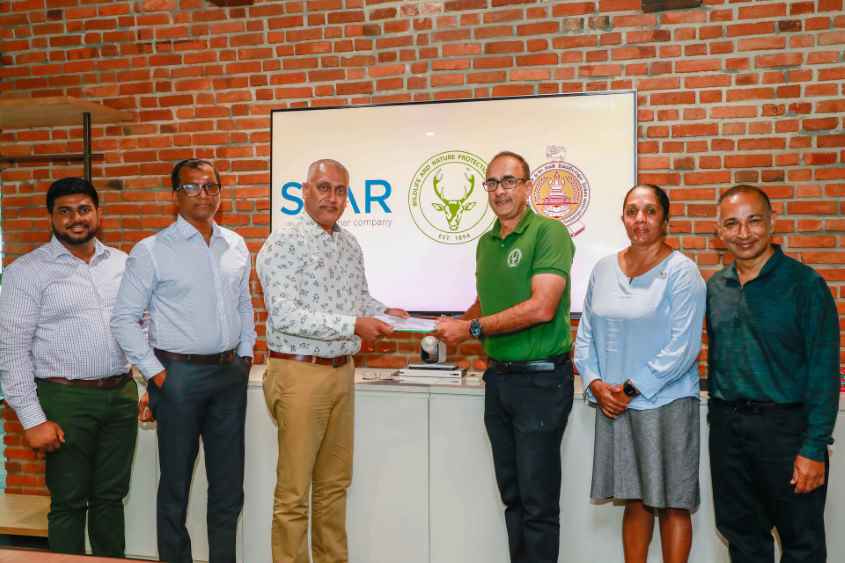
Sri Lanka continues to experience deforestation at the rate of 8,000 hectares of forest area annually and experts warn a mere 10 percent of the world’s rainforests will be left by 2030. As part of its sustainability strategy, Star Garments Group (“Star”) has stepped up to restore the biodiversity around its factory operations and offices, by committing to restore half of its physical footprint.
Star cemented its commitment towards biodiversity restoration on World Seagrass Day in 2023 with its pledge to regenerate mangroves across 3 hectares, located between Sri Lanka’s major towns of Chilaw and Puttalam, the Anawilundawa Ramsar Wetland Sanctuary, which was barren due to shrimp farming.
This initiative marks Star’s journey towards biodiversity restoration, carried out in collaboration with the Department of Wildlife Conservation, Department of Forest Conservation, Sri Lankan Navy, Wildlife and Nature Protection Society (WNPS), and the University of Wayamba, to accelerate the Natural Regeneration of Mangroves (ANRM) using accepted scientific principles. The project also won the UN Decade of World Restoration Flagship Award for Sri Lanka in 2024.
During the initial stage of the project, fish bone-shaped channels were prepared based on the contour maps developed by the Sri Lanka Navy to bring water to this barren land. The team at Star initiated the second phase of the project by planting 500 mangrove seedlings.
Currently, Sri Lanka’s mangrove cover, estimated to be 15-000 19,000 hectares, is a mere ~0.3 percent of the country’s total landmass. This level indicates a critically low level of coverage that puts the island at risk from the impact of climate change and natural disasters such as storm surges and tsunamis. Mangroves are an integral part of the country’s forestry and constitute about 2 percent of Sri Lanka’s total forest cover, and very much a part of the fast-dwindling 17 percent of primary forests.
Referred to as “blue forests” coastal and marine ecosystems consisting of mangrove forests, seagrass meadows and tidal salt marshes are some of the most efficient carbon sequestration tools found in nature, with the ability to store up to ten times more CO2 per unit area than tropical rainforest, making them a powerful weapon against global warming and climate change. These natural ecosystems also play a key role in the country’s coastal protection and those from disasters. Mangrove ecosystems also provide sustainable livelihoods for many rural communities.
In the late 1990’s over half of Sri Lanka’s mangrove habitat was destroyed to establish shrimp aquaculture, severely affecting the functioning of coastal ecosystems. This destruction is compounded by the fact that it also cripples livelihoods that depend on mangroves like artisanal fishing, firewood, herbal medicine, and tourism. Anawilundawa Wetlands is one such damaged habitat, a wetland ecosystem of global importance and one of 6 RAMSAR sites in Sri Lanka. It is home to over 150 species of birds; both resident and migratory, 20 species of mammals and over 70 species of butterflies; whilst over 50 percent of the country’s freshwater fish species are found in these waters.



